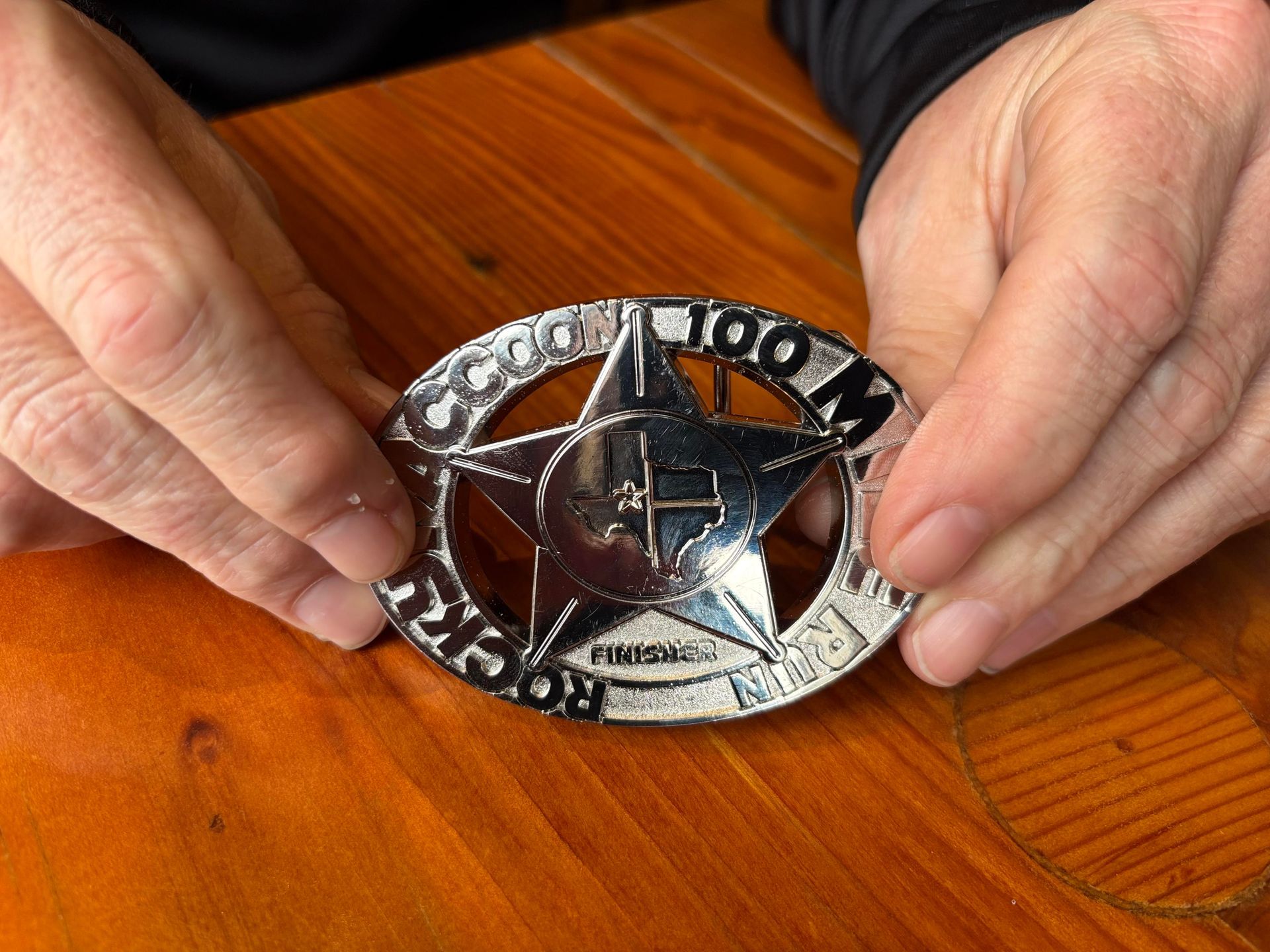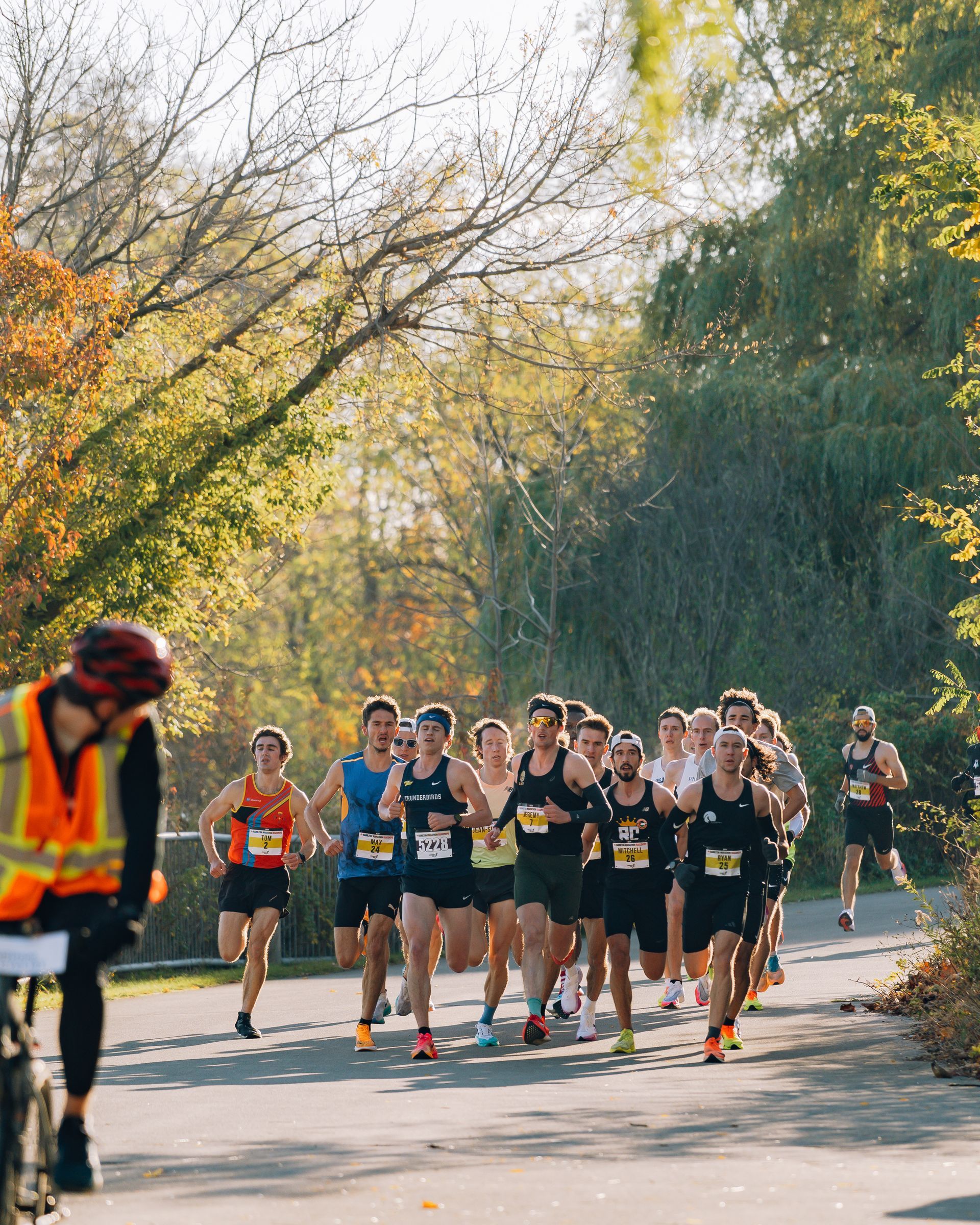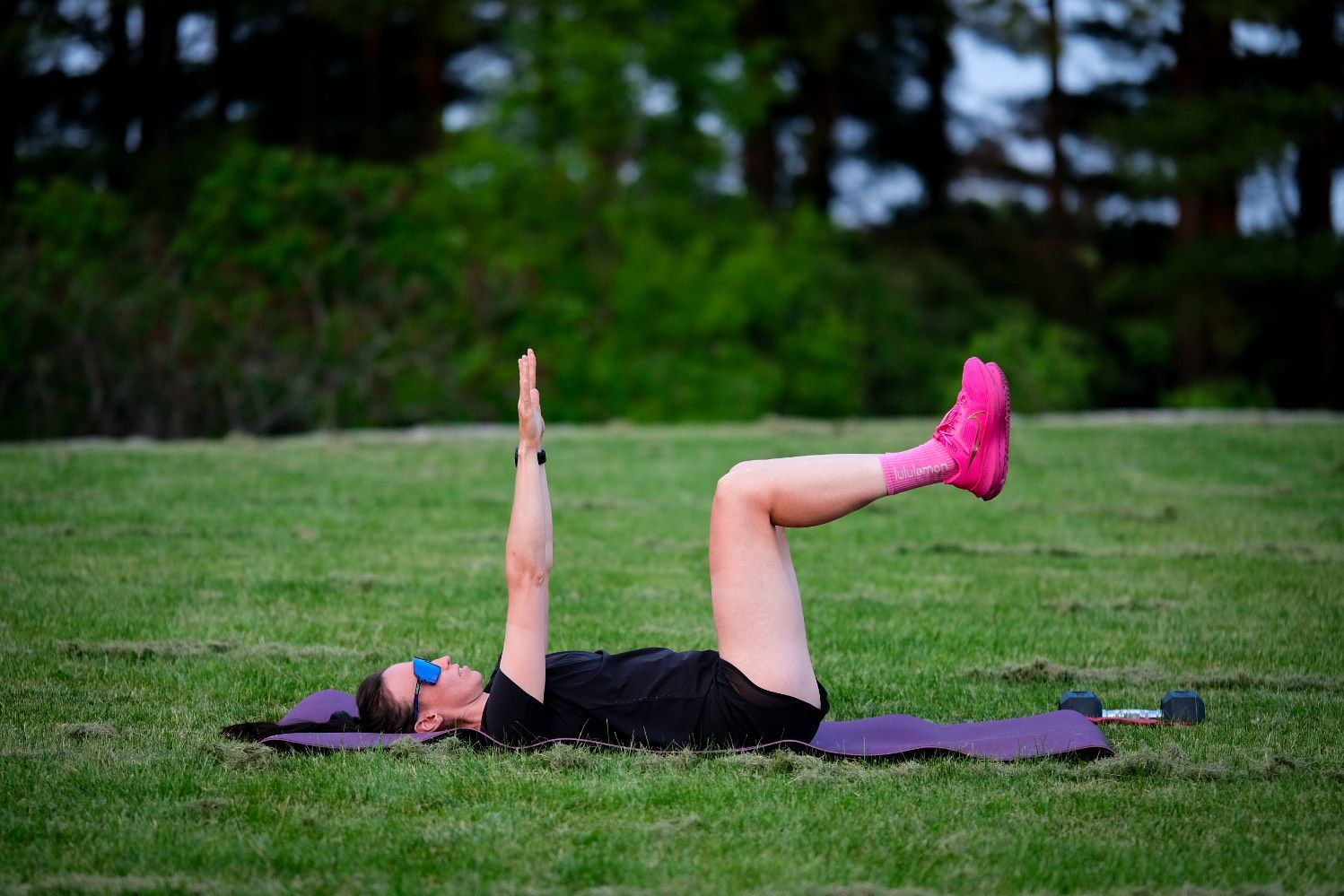Paul’s 100-Mile Ultra: A Testament to Strategic Coaching & Grit
Paul’s 100-Mile Ultra: A Testament to Strategic Coaching & Grit

How I’m Adapting My Coaching Approach for Future Ultra Runners
Running 100 miles is more than just a test of endurance. It is a test of strategy, resilience, and mental toughness. When Paul and I first began working together last November, he was already an experienced ultra-runner, determined to conquer his first 100-mile race. With only eight weeks to prepare, our mission was clear: maximize every opportunity to optimize his performance and ensure he was ready for race day.
The result? A race that tested Paul to his limits, but left him stronger, smarter, and more confident. More importantly, he walked away ready for the next big challenge. However, even with such a strong finish, I gained key insights from Paul’s experience that will refine how I coach future ultra-runners.
The Plan: A Focused, Aggressive Training Cycle
Although Paul was no stranger to ultra-running, we had a clear challenge: refine his training for 100 miles in just eight weeks. It wasn’t just about increasing mileage but about optimizing every aspect of training for maximum efficiency and race-day success.
Our training plan focused on:
- Peak Mileage Optimization: Targeting a 100-mile training week without overloading and risking burnout.
- Strategic Recovery: Balancing intensity and recovery to ensure peak performance on race day.
- Strength & Core Training: Building muscular endurance to maintain power through the final miles.
- Mental Resilience: Preparing Paul to handle mental fatigue and difficult moments during the race.
- Race Execution: Developing pacing strategies, terrain management, and efficient aid station transitions.
Race Execution: Overcoming Challenges & Learning from Paul’s Experience
On race day, Paul started strong. His pacing was controlled, and his fueling strategy was on track. But as is the case with any ultra, unexpected challenges arose that tested his adaptability and mental fortitude.
- Quad & Core Fatigue: Despite incorporating core work, Paul’s form deteriorated late in the race. Going forward, I will integrate additional late-stage core training to reinforce posture and prevent breakdowns in the final miles.
- Mental Fatigue & Navigation Issues: As night fell, Paul’s mental fatigue led to navigational errors, costing him over two hours. This reinforced the importance of night running preparation and mental fatigue training to keep athletes sharp and focused deep into a race.
- Mindset Shift: When Paul realized his sub-24-hour goal was slipping, he adjusted his mindset and focused on finishing strong. I will further refine mental recalibration strategies, helping athletes adapt their race goals mid-race without losing motivation.
The Critical Role of Nutrition, Fueling & Hydration
One of the biggest takeaways from Paul’s race was the absolute necessity of staying on top of hydration and fueling, especially in the later stages of a 100-miler.
While Paul’s early-race fueling was solid, as fatigue set in, his intake dropped, leading to energy depletion. Moving forward, I will:
- Prioritize Gut Training: Teaching athletes how to tolerate and optimize different fuel sources under race conditions.
- Develop Individualized Fueling Plans: Ensuring steady caloric intake that aligns with energy demands throughout the race.
- Hydration Monitoring Strategies: Training athletes to recognize early dehydration signs and maintain electrolyte balance.
- Aid Station Strategy: Ensuring refueling at consistent intervals to prevent bonking in the later miles.
A dialed-in nutrition and hydration plan can be the difference between a strong finish and a DNF. This is now a non-negotiable pillar of my ultra-coaching framework.
How I’ll Adjust My Coaching Approach Going Forward
Paul’s race provided invaluable insights that will significantly shape how I coach ultra-runners tackling extreme endurance challenges. Here’s how I’m refining my coaching approach:
Night Running & Long Run Efforts
Night running presents unique mental and physical challenges. I will implement specific nighttime training sessions to help athletes develop pacing, energy management, and navigation skills in low-light conditions.
Gut Training & Advanced Caloric Strategies
Fueling isn’t just about eating. It is about training your body to absorb and utilize nutrients efficiently. I will incorporate gut training sessions to help runners build a reliable nutrition strategy, ensuring steady energy availability from start to finish.
Sleep Deprivation Preparation
Ultra-runners inevitably face sleep deprivation. Future training plans will include controlled sleep-deprived running sessions to help athletes adapt to racing on minimal rest while implementing micro-rest strategies at aid stations.
Mental Resilience Training
Mental toughness is crucial in ultra-racing. Beyond standard mindset coaching, I will integrate:
Visualization & Pre-Race Mental Prep
Micro-Goal Strategies for Pacing & Motivation
Tactical Mental Reset Techniques for When the Race Gets Tough
Crew & Pacers: The Unsung Heroes of Ultra Success
A well-prepared support crew can make or break an ultra. Moving forward, I will offer crew and pacer training to align expectations, fueling strategies, and pacing tactics, ensuring runners have seamless race-day support.
Paul’s Take: Why This Coaching Approach Worked
After the race, Paul shared valuable feedback on our coaching partnership:
- Personalized Approach: “The plan wasn’t just a template. It was customized to my strengths, weaknesses, and goals.”
- Accountability & Support: “Knowing you had my back and could adjust my strategy when needed kept me focused and committed.”
- Mental Toughness Training: “The mindset strategies helped me push through the toughest moments when I wanted to quit.”
As Paul put it:
“You kept me accountable, adjusted when needed, and believed in me even when I doubted myself. That made all the difference.”
Ready to Take on Your Own Ultra? Let’s Build Your Success Plan
Whether you’re training for your first 100-miler, aiming for a PR, or refining your race strategy, I’m here to help you train smarter, race stronger, and finish with confidence.
Here’s How I Can Support You:
✅ Custom Ultra Training Plans: Built around your race goals, experience level, and lifestyle.
✅ Strength & Injury Prevention: Focused training to keep you durable and race-ready.
✅ Fueling & Hydration Strategies: A science-backed approach to keep you strong from start to finish.
✅ Mental Toughness Coaching: Proven techniques to help you stay focused, adapt, and push through the lows.
✅ Expert Guidance & Accountability: Personalized support to ensure you’re always progressing.
Why Hire Me as Your Ultra Coach?
Ultra-running isn’t just about mileage. It is about smart training, resilience, and race-day execution. My coaching philosophy ensures you have the physical strength, mental toughness, and strategic race plan to succeed.
✔ Personalized Plans – No one-size-fits-all training; every athlete gets a tailored plan.
✔ Mental Resilience Training – Develop strategies to stay strong in the toughest moments.
✔ Fueling & Hydration Mastery – Dial in your nutrition for peak performance.
✔ Proven Race Strategies – Execute a smart, efficient race from start to finish.
✔ Dedicated Support – A coach who believes in you and is committed to your success.
Ready to take your ultra-running to the next level? Visit CoachMartin.ca and let’s start building your path to ultra success today!



